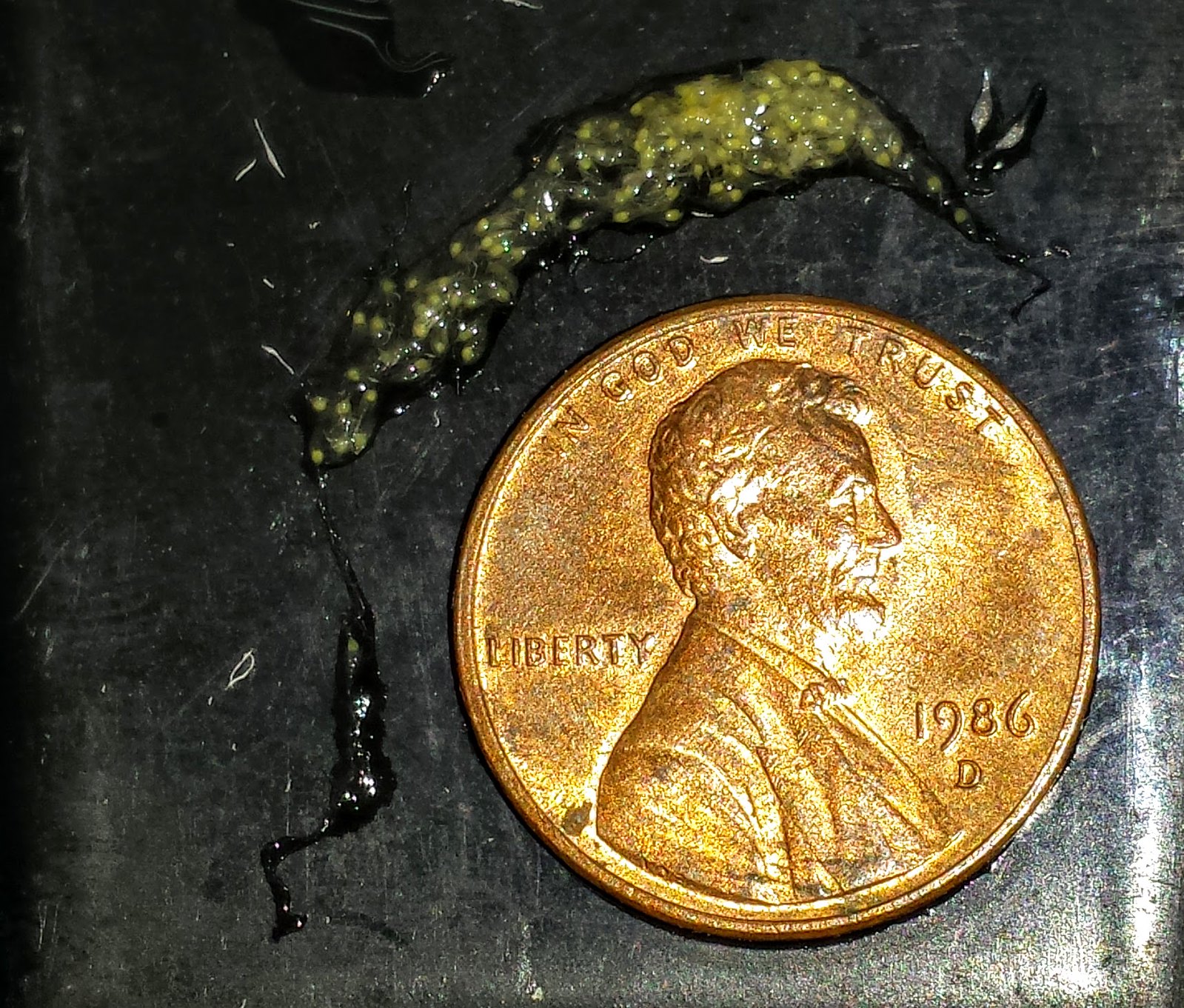My plant friend Michelle teaches 4th grade. For the past couple of weeks we talked about and planned on having her students conduct an informal epiphyte seed sowing experiment using "my" technique. Yesterday she came over and got 90 "pots" (3 per student) and some different seeds.
The pots are plastic water bottles. I remove the labels, cut the tops off and cut a few drainage holes. Three of these pots fit nicely in a gallon zip lock bag.
This morning I e-mailed Michelle some basic info/notes...
*********
The most important plant lesson:
DONíT KEEP ALL YOUR EGGS IN THE SAME BASKET!!!
Variables
- Light
- Water (frequency/quality)
- Fertilizer
- Temperature
- Seed density (how many seeds in one pot)
- Seed variety (how many different species in one pot)
- Humidity (bag closed, partially open, fully open, no bag)
- Drainage/Medium (moss, peat, bark, dirt, sand, pumice, perlite)
Seeds
- Anthurium scandens
- Columnea Elmer Lorenz
- Dermatobotrys saundersii?
- Hylocereus costaricensis
- Lepismium cruciforme
- Orchidaceae
- Rhipsalis baccifera horrida
Notes
The seeds are all from epiphytes. Because epiphytes grow on trees, itís very important that the seeds have excellent drainage. In most cases, the dirt in your garden will not provide them with enough drainage.
The seedlings in zip lock bags canít be placed in full sun outside the house. The direct sun will cook/fry/roast/burn the seedlings in the bags. However, the bags can be placed in direct sun when inside the house by a window.
When sowing seeds from fruit, when the seeds are placed in zip lock bags, itís important that the seeds be thoroughly clean. If they are not clean, then the seeds will mold and die. If you do see mold start to grow on or near your seeds, then use a spray bottle with water to try and spray the mold away. Keep the bag entirely open to allow the medium to dry out more quickly.
Document the results as much as possible. If possible, take photos of the seedlings over time. Or, draw how the seedlings are doing each week.
Once your seedlings are large enough, trade cuttings with your friends. This way, if your plant dies, then you can always get a cutting from your friend. This is the most important plant rule:
DONíT KEEP ALL YOUR EGGS IN THE SAME BASKET!!!
*********
Shortly after I sent Michelle the e-mail, she texted me a pic of her students starting to sow their seeds. I had to laugh because the kids were wearing costumes while sowing the seeds. I had forgotten that today is Halloween.
Of course I immediately imagined a world in which tricker treaters received epiphyte seeds instead of candy! It would be megareal! Assuming that the kids didn't try and eat the seeds :/ I texted Michelle to ask the kids which they would prefer to receive for tricker treating... epiphyte seeds or candy. Out of 30 students... only 1 would prefer to receive candy!
There's real, unreal and surreal... but no word for better than real. I mentioned this to Michelle and she came up with "megareal". The word isn't perfect but I clearly think it's better than nothing.
The first time that I spotted
orchid seeds germinating on my tree it was megareal.
This tree covered in orchids is megareal. Would it be megareal if
we wore epiphytes instead of clothes? Or would it be worse than
real? Do we need a word for worse than real?
There are two basic types of tricks... Folger's and Laban's. Not sure if any of you remember that old commercial where people's regular boring coffee is secretly replaced with Folger's fancy coffee. Then there's Laban's trick. That's from the story in the Bible where Laban secretly replaces Jacob's bride Rachel with her sister Leah. That's a
really funny story.
Nearly all of Michelle's students would consider it to be a Folger's trick if they received epiphyte seeds instead of candy when they go trick or treating this evening.
It would be megareal if there was a holiday where we could all walk around and collect seeds from strangers.
Quote:
|
People collect baseball cards and people collect plant seeds. In reality, it is not all that surprising that as people move around they help preserve the genetic diversity of plants. - Norman C. Ellstrand, Maize Germplasm Conservation in Southern Californiaís Urban Gardens
|
Well, while I'm here... I might as well share a link to
my explanation of why there aren't more photos of orchids growing on trees in Nigeria. Spoiler: incentives matter.































 Linear Mode
Linear Mode

